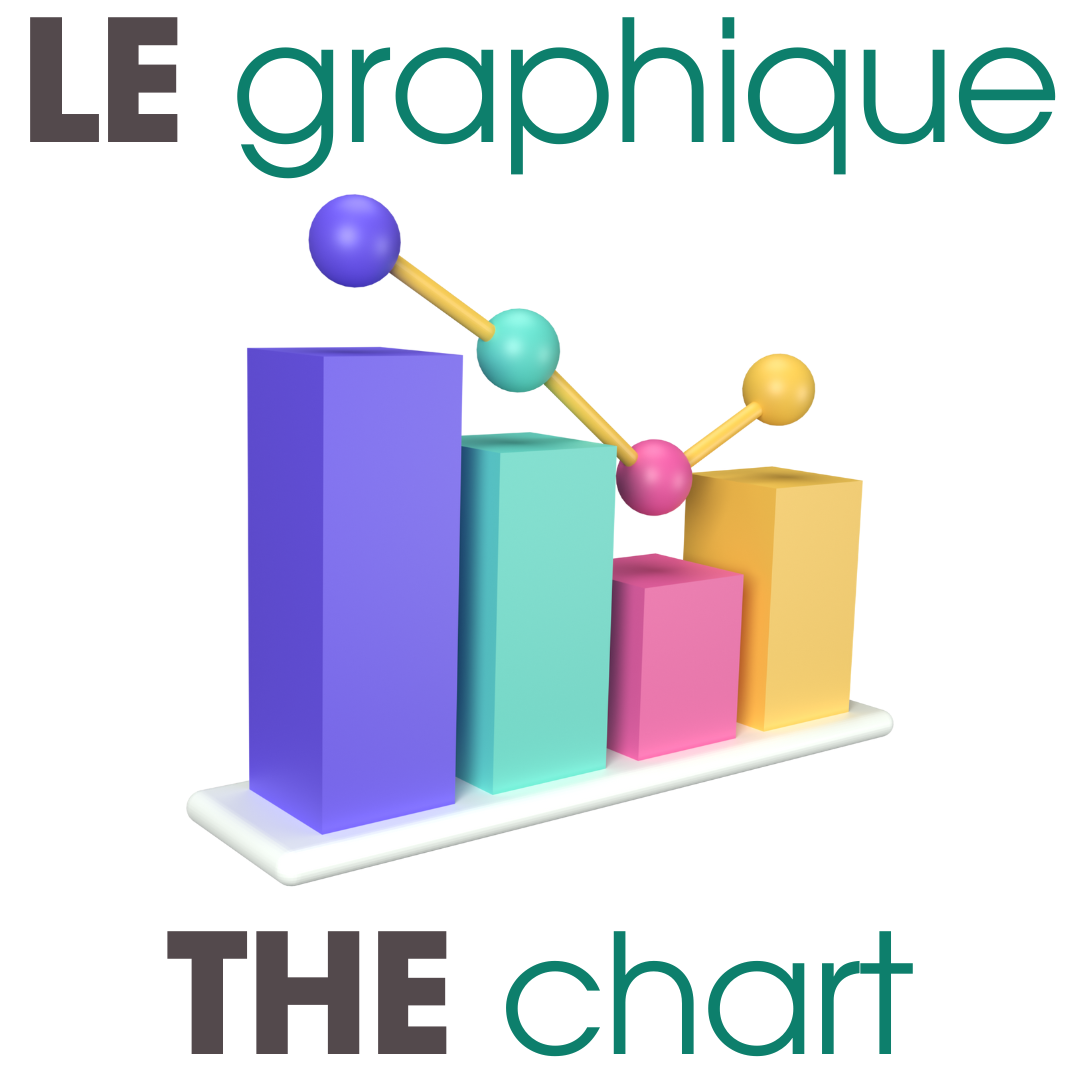The impact of international trade on France's carbon footprint
By Pierre Cotterlaz, Christophe Gouel
The geographical origin of France's imports played a decisive role in the increase of its carbon footprint during the 2000s. This trend is primarily explained by the "China shock" followed by the rise in the economy's openness rate.





 00:41:54
00:41:54.png)


